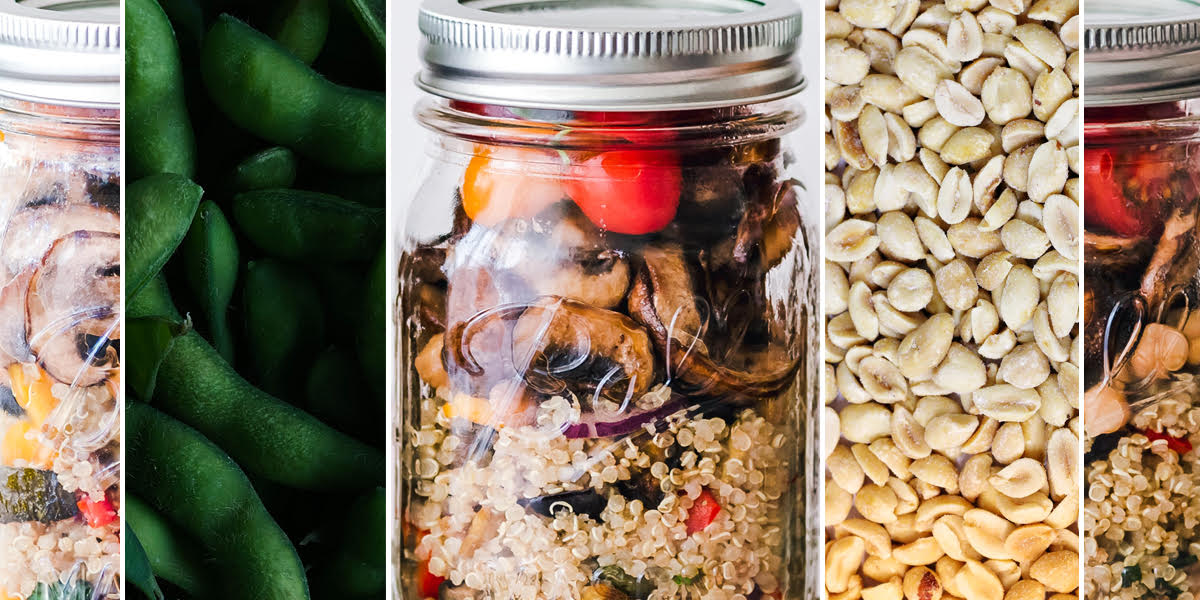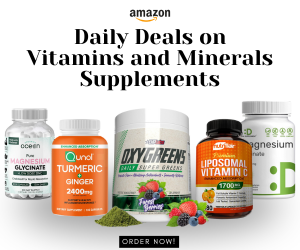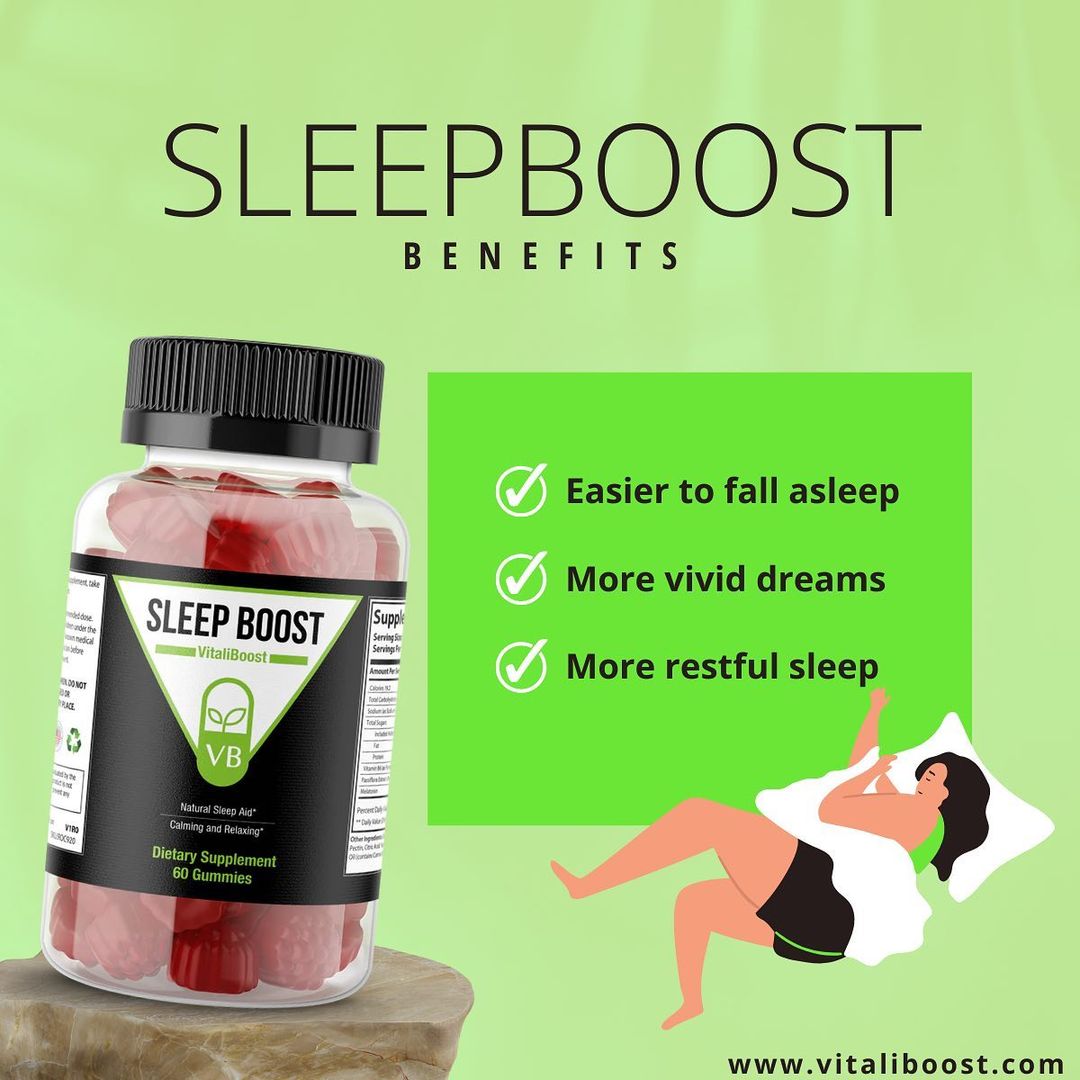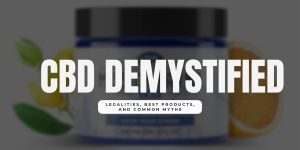
People who follow a plant-based diet always get asked the same question: where do you get your protein from? Fortunately, there are plenty of plant-based protein options on the market to fit your budget and your tastebuds!
What is a Plant-Based Protein?
A plant-based protein is a source of protein that comes from plant sources instead of animals. They are a major source of protein in a vegan or vegetarian diet, and they can be included in an omnivore diet too.
Choosing a variety of plant-based protein sources is essential to a diet that is rich in nutrients, vitamins, and fiber. Fiber ensures satiety at meals and has also been linked to stable blood sugars and improved levels of cholesterol.
How Much Protein Do I Need?
Everyone’s protein requirements will vary depending on age, gender, level of physical activity, and general health status.
As a rule of thumb, you should aim to have a source of protein at two of your meals and at your snacks. If you are interested in a rough calculation of your protein requirements, you can use this online calculator to measure your protein needs.
5 Plant-Based Proteins You May Have Forgotten About
1. Kidney Beans
Some people shy away from kidney beans due to their strong flavor compared to other bean options. If you are sensitive to their flavor, try to mix them in with acidic foods. You can add them to a tomato sauce, or include them in a salad with a bright lemon dressing. Kidney beans are rich in fiber, folate, iron, and potassium.
2. Edamame Beans
Edamame beans are soybeans. They are rich in calcium, fiber, and folate. The bright green beans can be purchased frozen and directly sprinkled onto your salads or into your stir fry. All soy products, including soy milk, are rich in protein and can be safely included in your diet.
3. Quinoa
Quinoa is one of the few whole grains that contain protein. The tiny pearls of quinoa can taste slightly bland when cooked in water. To increase the appeal, boil your quinoa in your favorite stock or broth. As well as protein, quinoa offers magnesium and fiber.
4. Peanuts
Peanuts contain the highest amount of protein compared to other nuts. Choose plain peanuts instead of candied or salted options to reduce your intake of refined sugar and excess salt. Peanuts naturally contain heart-healthy fats that also aid with satiety. A handful of mixed nuts per day is plenty!
5. Green Lentils
Green lentils have the highest protein content compared to yellow, brown, or red lentils. They are dense and hold their shape very well when cooked, so they are a great option for soups and salads. Similar to kidney beans, lentils are rich in fiber, potassium, and iron.
You may be interested: 10 Items for Transitioning to Vegan Lifestyle for Beginners
Which Plant-Based Protein Is The Healthiest?
Every food listed above offers additional nutrients and vitamins that your body needs to thrive! All of these options are considered healthy and should be regularly included in your diet. If you aren’t sure how to prepare beans, you may want to experiment with simple recipes to start. I recommend a white bean soup or a three-bean salad to get the ball rolling!
Takeaway Message
Include a variety of protein options in your diet to ensure you are meeting your daily nutritional requirements. The next time you go to the grocery store pick up a new bean or protein source from the list above and try something new.
A common barrier to increasing the variety in your diet is not knowing how to cook new foods! Beans can be a brand new food for some people. A quick google search, or getting recipes from your friends, should help you conquer that challenge.
Image credit: Ella Olsson on Unsplash; Filipp Romanovski on Unsplash; Aron I on Unsplash








2 Responses